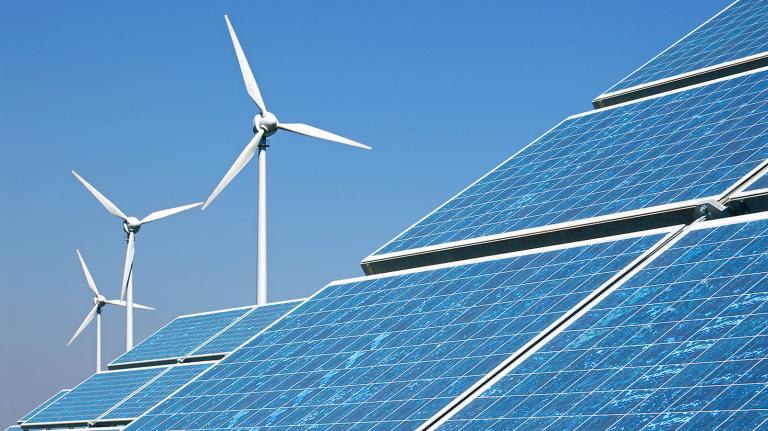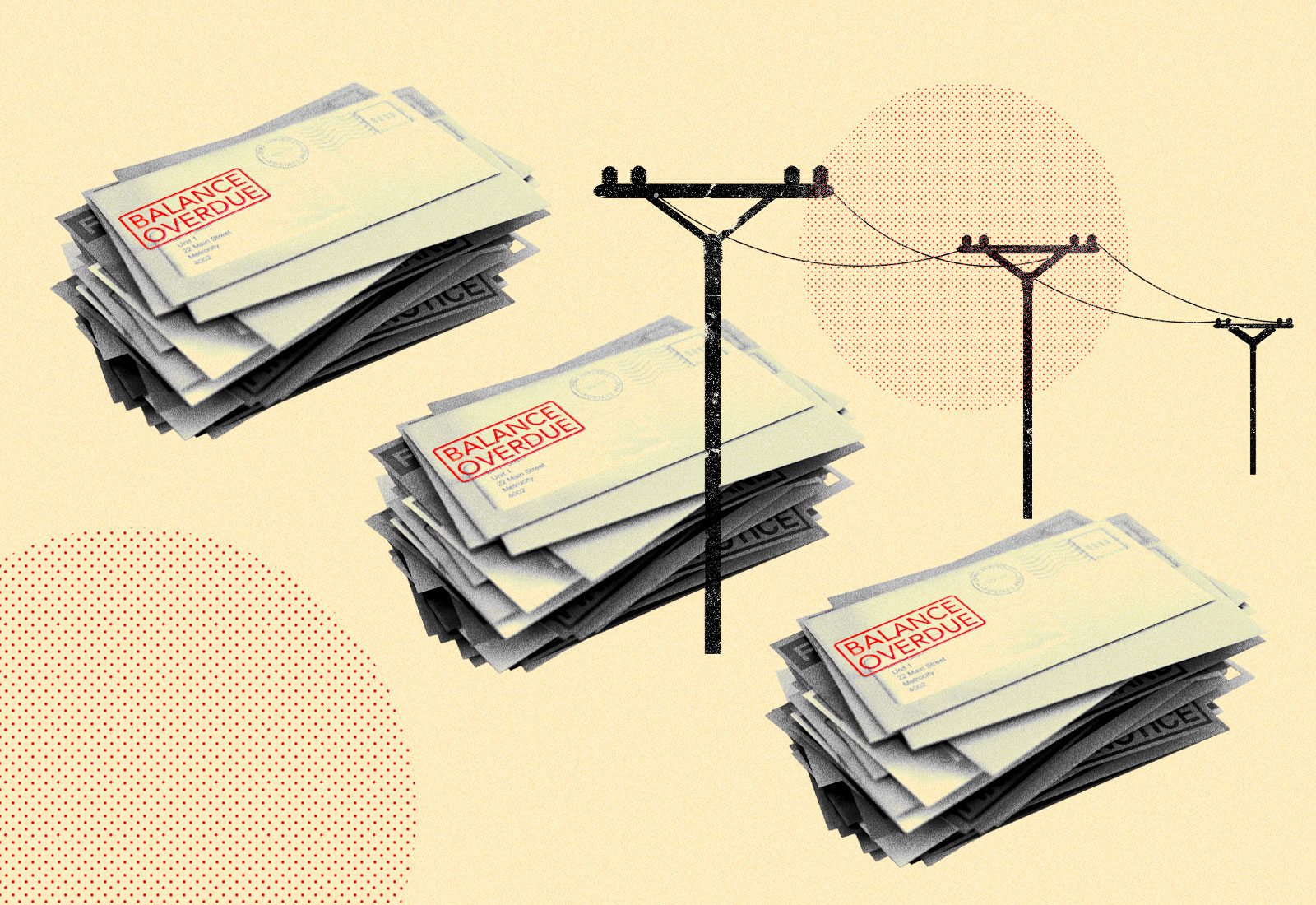The COVID-19 pandemic has plunged millions of families into poverty — and more than ever, Americans are having trouble paying their bills and meeting basic needs. A new report from researchers at the University of California, Los Angeles measured the extent of the debt that has accumulated in unpaid bills for families in Los Angeles struggling to keep the lights, gas, and water on through the pandemic.
The report, which used public data collected by the California State Water Resources Board about Los Angeles Department of Water and Power customers in November 2020, found that one-quarter to one-third of households in Los Angeles have utility debt. These impacts are not equally felt across the city — 64 percent of people severely affected by utility debt are Latino, and Black communities also experience disproportionate levels of debt. Lower-income neighborhoods, renters, and people with limited English proficiency also face higher debt burdens.
Silvia González is a part of a research group that has been documenting the impacts of the pandemic on low-income communities and communities of color. González says that the geographic pattern in the data on utility debt mirrors other work that has been done to quantify the impacts of COVID-19, including risk of job displacement and lack of access to unemployment insurance. “This is just one more data point that shows low-income communities, communities of color, being disproportionately impacted,” she said.
Angelenos are not alone when it comes to the weight of utility debt, which is not a new problem. According to Mark Wolfe, executive director of the National Energy Assistance Directors’ Association, or NEADA, energy affordability has been “a chronic problem for decades” in the U.S. — but it increased dramatically with the arrival of the pandemic. NEADA’s utility debt projection was $19.7 billion nationwide at the end of December 2019; by March 2021, that number had soared to $28 billion, a 42 percent increase, according to Wolfe. In California alone, water utility debt exceeds $1 billion. “We really haven’t had a problem to this extent before,” said Wolfe. Because utilities have the power to shut off heat, electricity, and water when bills go unpaid, families will often prioritize utility bills over other financial needs — thus, utility debt “reflects the grinding level of poverty in the United States, and the high percentage of the population that has very limited savings and very low incomes,” said Wolfe.
During the pandemic, in the absence of a federal utility shutoff moratorium, there’s been a patchwork of utility shutoff moratoriums at the state and local level. California’s moratorium is in place through the end of June. But even in places where utility companies can’t turn off families’ water and power, people are faced with the problem of how to pay a backlog of bills they can’t afford.
Wolfe says that help is available from different pots of federal stimulus money. Last year’s CARES Act and this year’s American Recovery Plan authorized an extra $5.4 billion to go to the Low Income Home Energy Assistance Program, a program administered by the U.S. Department of Health and Human Services that helps low-income families pay their energy bills. Utility debt assistance is also available through the Treasury Department’s Emergency Rental Assistance program, which got $45.25 billion in stimulus funds to help families pay rent and utilities; the Treasury Department’s Homeowner Assistance Fund, which got $9.96 billion in stimulus money to homeowners pay mortgages and bills; and the Department of Health and Human Services’ Low Income Household Water Assistance Program, which is dedicated to water bills and got $1.1 billion in stimulus dollars. The funds from these programs are distributed by various state agencies, and the process for applying for relief differs from state to state. In California specifically, more help may soon be available — this week, California Governor Gavin Newsom proposed an allocation of $2 billion in utility assistance for Californians.
Wolfe says the money is a step in the right direction; the bigger problem is how to get the money into the hands of people who need it. These relief programs are different from the stimulus checks that arrived directly in people’s mailboxes or bank accounts. People who need help paying their bills need to know about these programs and then figure out how to apply for them. Some of the families who need to access the program may have never navigated applications for federal relief programs before, or may not know they are eligible. Wolfe says the word hasn’t really gotten out yet, and local agencies are scrambling to figure out how to get the money to people before their utilities are shut off or the federal evictions moratorium is potentially struck down.
Families who need the aid most may also face additional barriers to accessing it. González says that households with English language barriers or limited broadband, who often face higher utility debt, face additional challenges to applying for and accessing federal aid.
Agustin Cabrera is the director of RePowerLA, a coalition that advocates for environmental and labor issues at the Los Angeles Department of Water and Power. According to Cabrera, the applications for aid themselves are a barrier to getting funds into the hands of people who need it. “Lengthy application processes that require a lot of document uploading really put a barrier on folks who don’t have access to the internet,” they said. “It really deters people from actually applying, even if they’re income eligible.” Groups in the RePowerLA coalition have helped people apply for funds in the past, but physical distancing due to COVID-19 and limited capacity are a barrier for advocates, as well. “We’re really calling on leaders to make funds available without lengthy applications,” Cabrera said.
Wolfe agreed that limited awareness and difficult application processes are obstacles to relieving Americans’ utility debt. “Money is in progress; families will get helped. For many families, we will be able to fully pay off their debt,” said Wolfe, “but the problem is timing. The problem is getting it to them, and also letting people know they’re eligible.”




